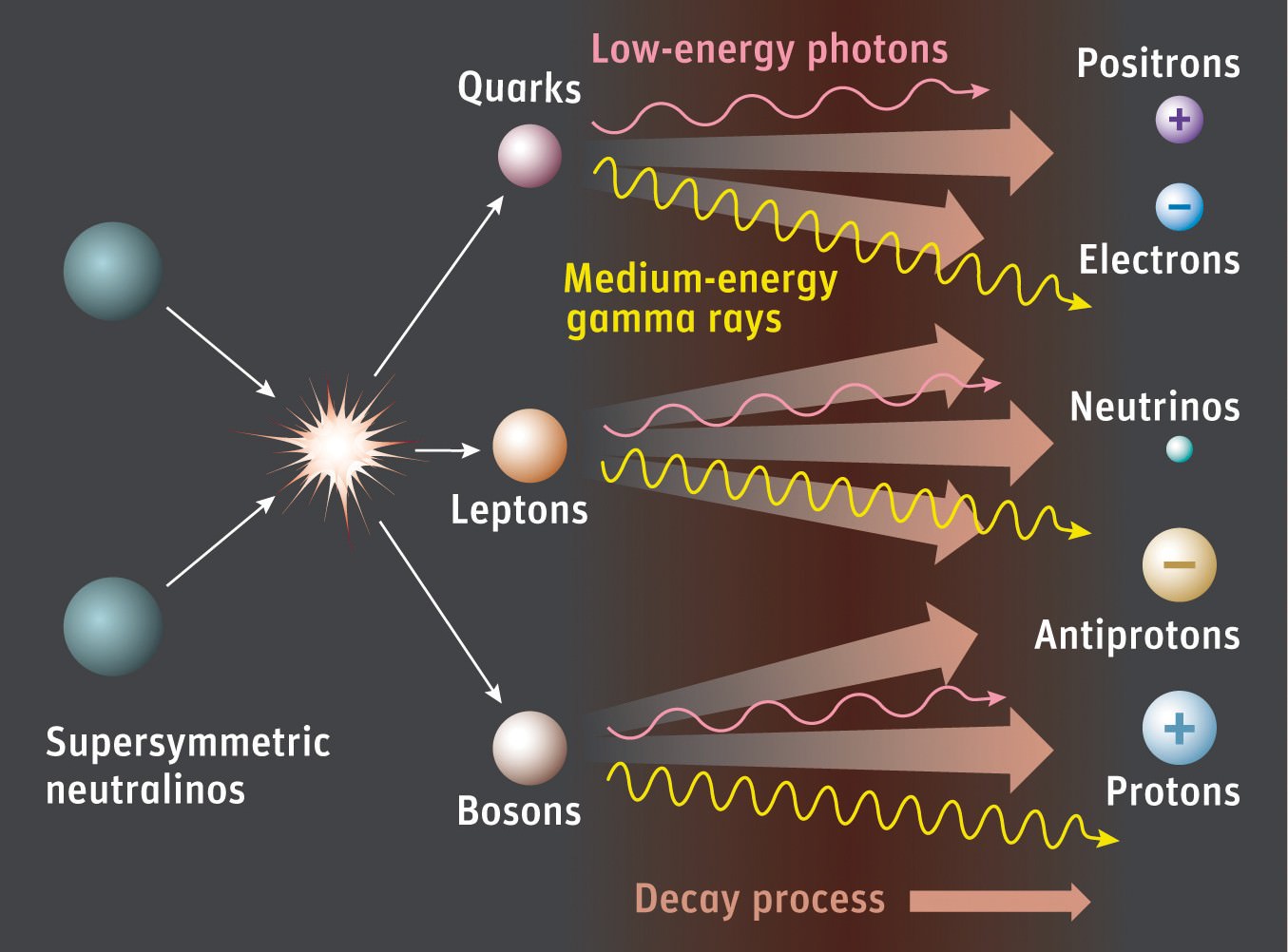

We are far from fully understanding what dark energy is, but most physical models for dark energy would lead to the existence of a so-called fifth force. However, this explanation does not stand up to observations, since the amount of axions that would be required to explain the XENON1T signal would drastically alter the evolution of stars much heavier than the Sun, in conflict with what we observe. “We explored a model in which this signal could be attributable to dark energy, rather than the dark matter the experiment was originally devised to detect.”Īt the time, the most popular explanation for the excess were axions – hypothetical, extremely light particles – produced in the Sun.

“These sorts of excesses are often flukes, but once in a while they can also lead to fundamental discoveries,” said co-author Dr Luca Visinelli, from Frascati National Laboratories in Italy.


And on the largest scales, the gravitational effect of dark energy is repulsive, pulling things away from each other and making the universe’s expansion accelerate.Ībout a year ago, the XENON1T experiment reported an unexpected signal, or excess, over the expected background. To detect dark energy, scientists generally look for gravitational interactions: the way gravity pulls objects around. “Large-scale experiments like XENON1T have been designed to directly detect dark matter, by searching for signs of dark matter ‘hitting’ ordinary matter, but dark energy is even more elusive.” “Despite both components being invisible, we know a lot more about dark matter, since its existence was suggested as early as the 1920s, while dark energy wasn’t discovered until 1998,” said Dr Sunny Vagnozzi from Cambridge’s Kavli Institute for Cosmology, the paper’s first author. About 27% is dark matter – the invisible force holding galaxies and the cosmic web together – while 68% is dark energy, which causes the universe to expand at an accelerated rate. The researchers say their study could be an important step toward the direct detection of dark energy.Įverything our eyes can see in the skies and in our everyday world – from tiny moons to massive galaxies, from ants to blue whales – makes up less than five percent of the universe. They constructed a physical model to help explain the results, which may have originated from dark energy particles produced in a region of the Sun with strong magnetic fields, although future experiments will be required to confirm this explanation. A new study, led by researchers at the University of Cambridge and reported in the journal Physical Review D, suggests that some unexplained results from the XENON1T experiment in Italy may have been caused by dark energy, and not the dark matter the experiment was designed to detect.


 0 kommentar(er)
0 kommentar(er)
